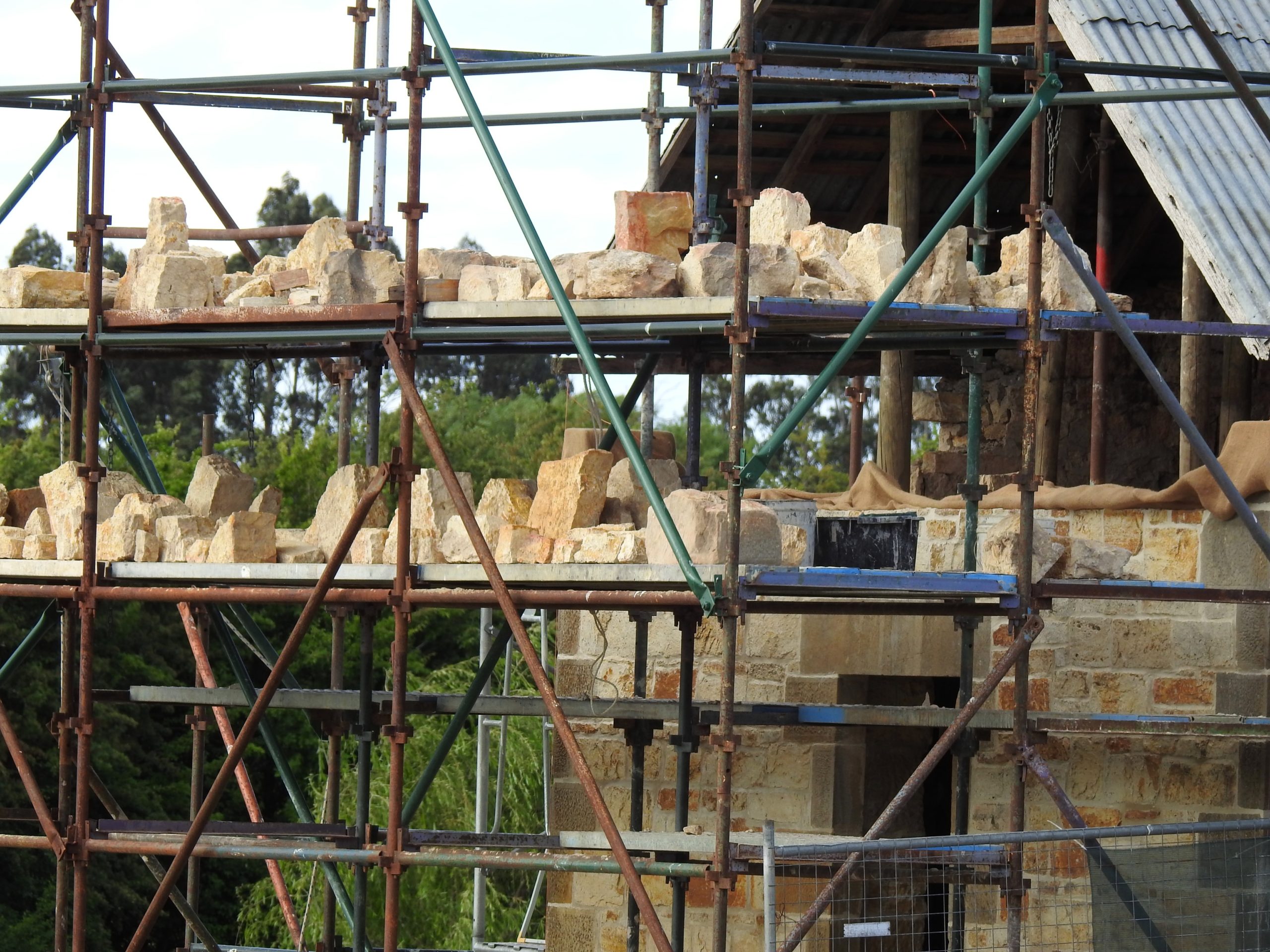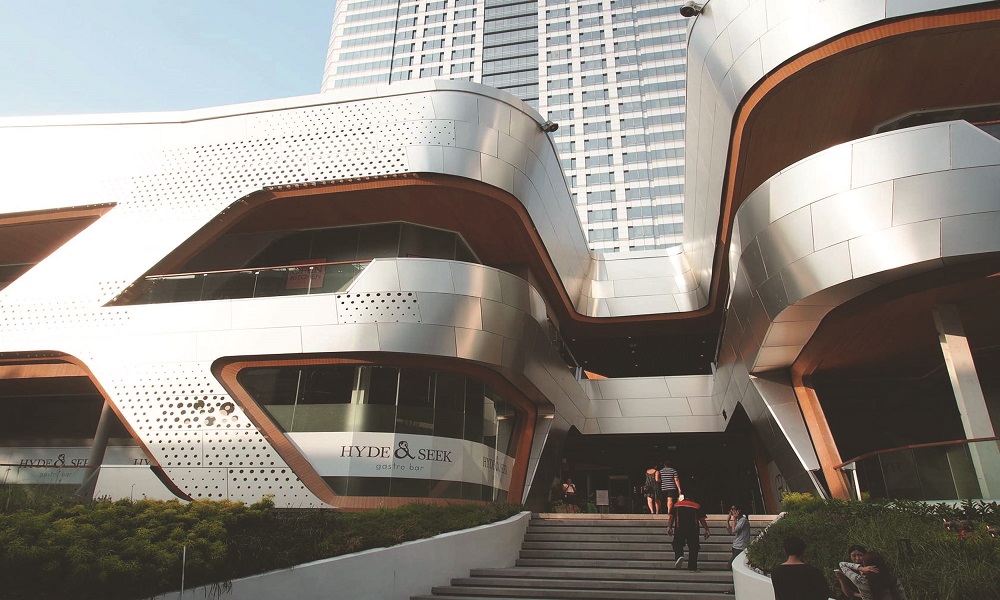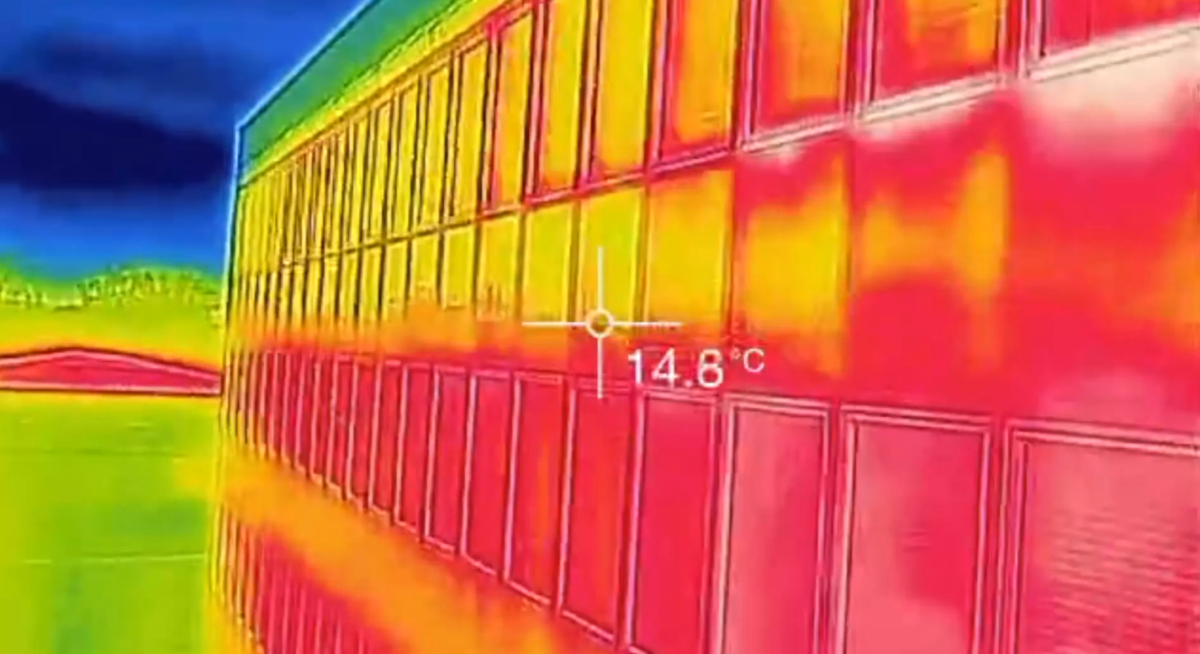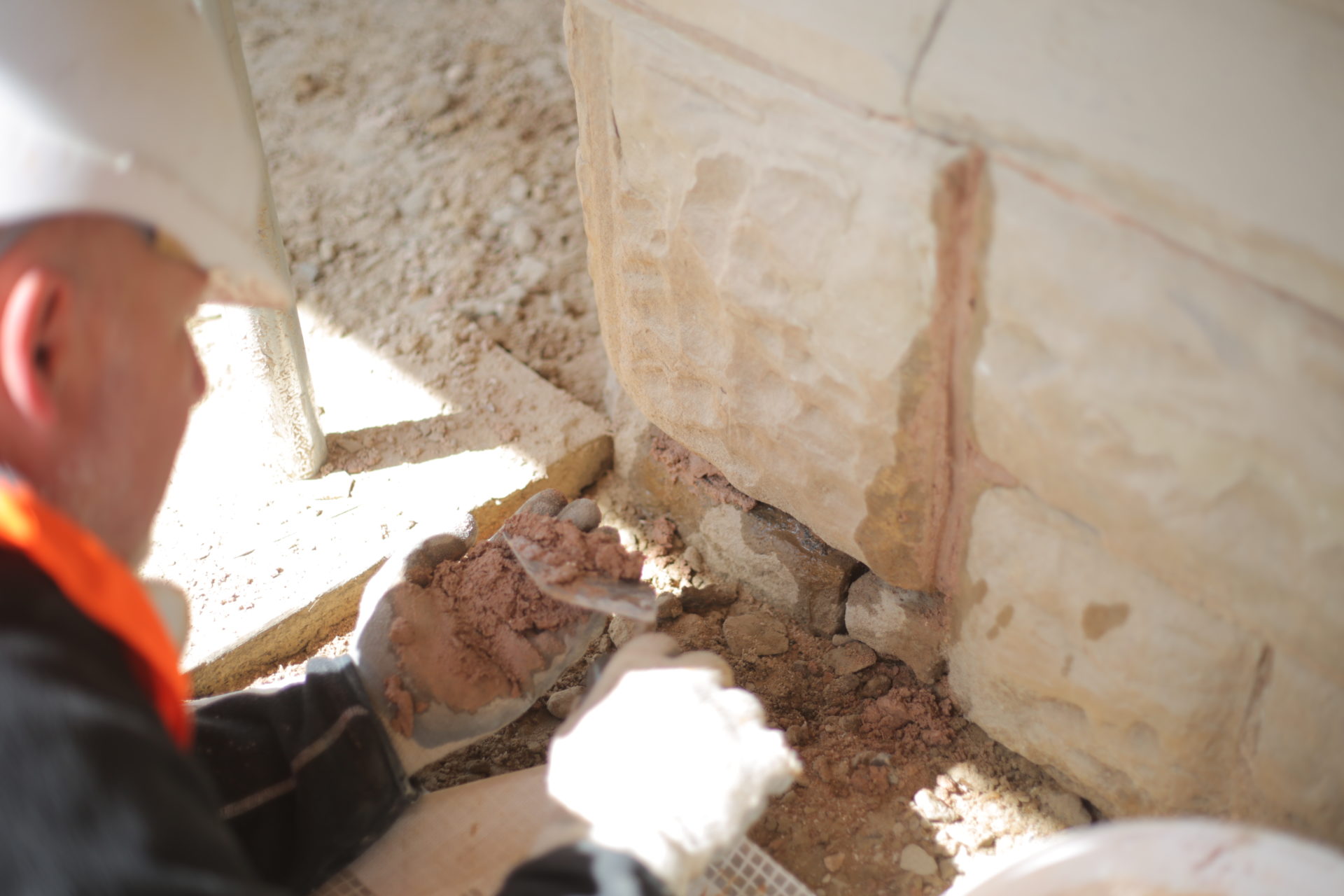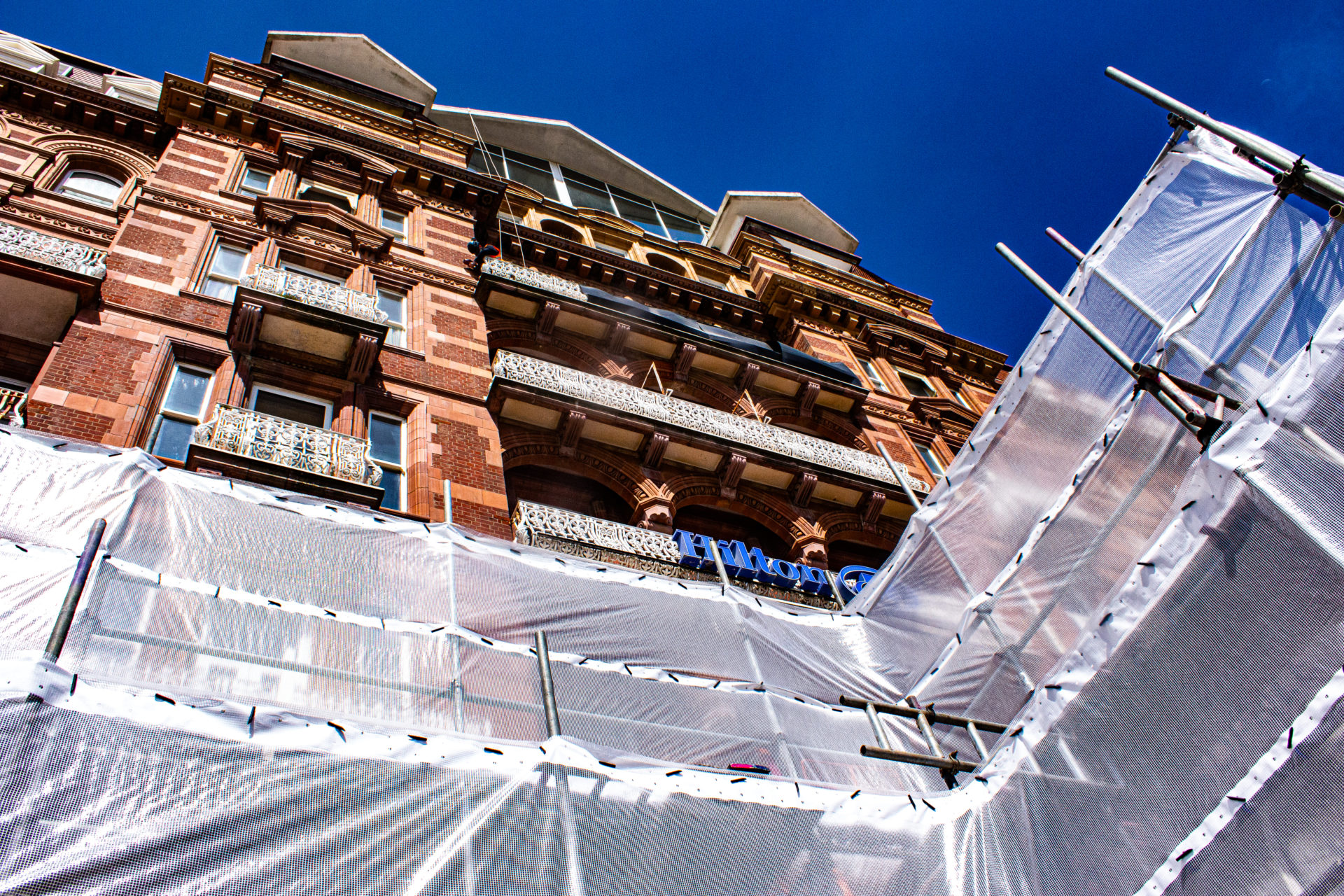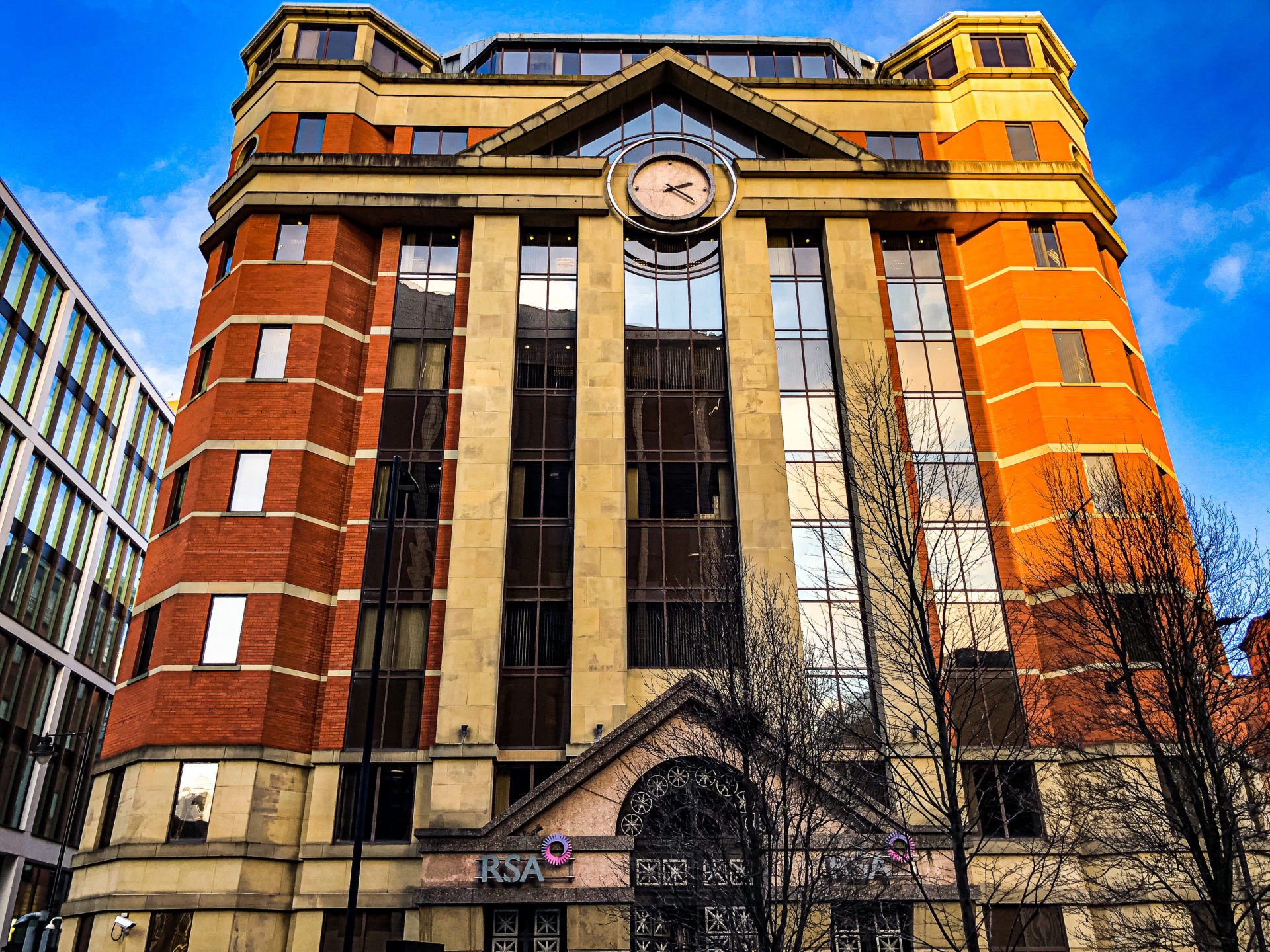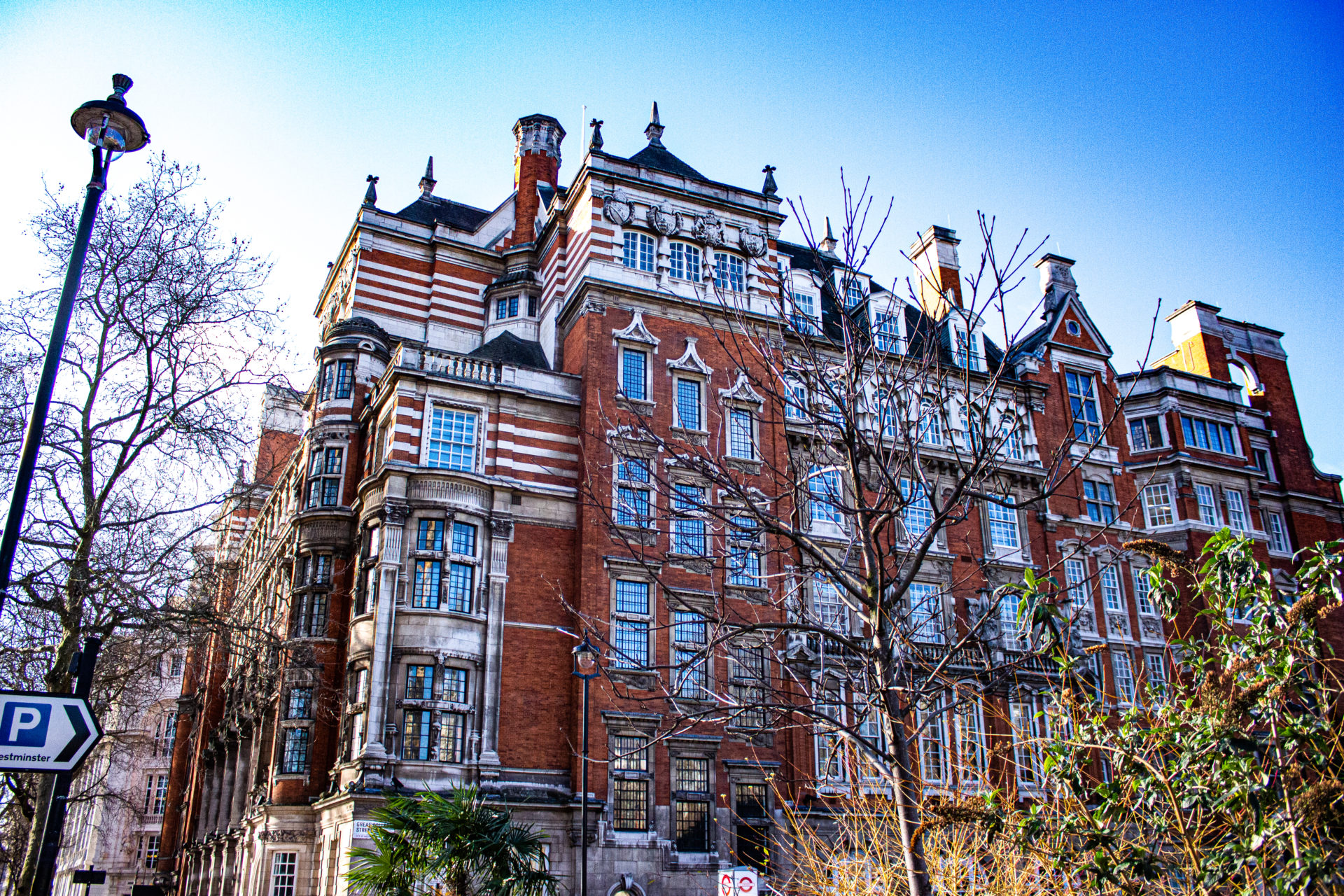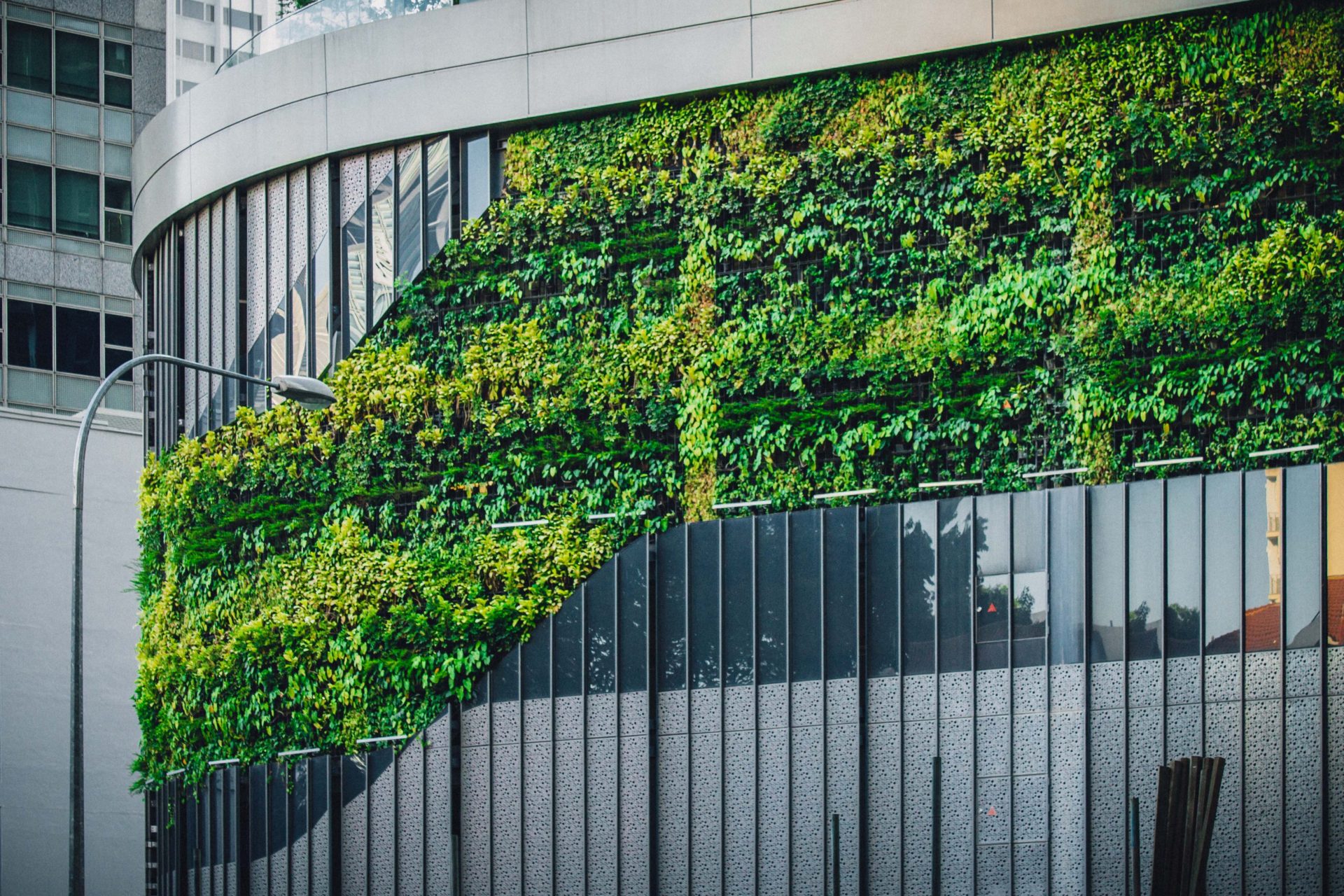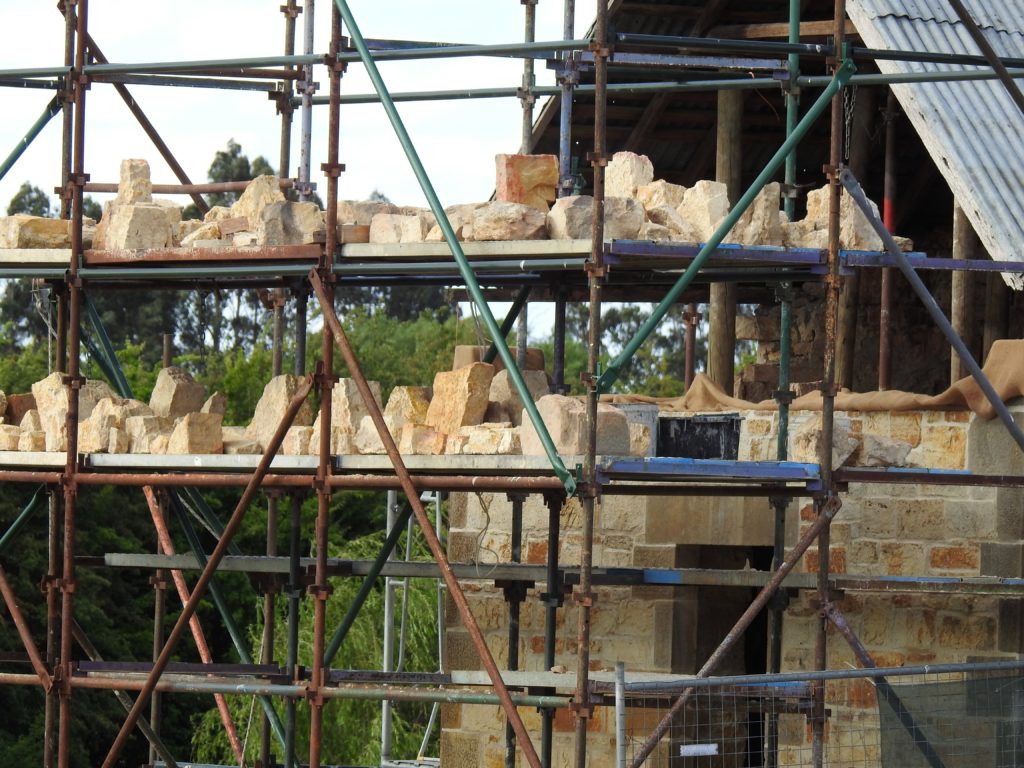
Various types of stone have been used in construction for thousands of years. Its remarkable versatility and availability in various sizes, colours, shapes and textures have made stone the most widely used building material in the UK. Its incredible durability, low maintenance and superior artistic quality have seen stone used for anything from roofs, floors, arches and walls. Not many other building material can blend as well with the natural landscape as stone, or recycled as easily.
Nearly all of the world’s most beautiful buildings feature one or more types of stone. While an attractive building material, it also ages very well and its durability is unrivalled. From the Taj Mahal and Hadrian’s Wall to St Peter’s Basilica and Sacre Coeur, stone provides the opportunity to build something that can last for thousands of years.
Here are five of the most popular types of stone used in construction in the UK.
1. Sandstone
Sandstone is the most common building stone used in construction in the UK. It is a soft and porous rock comprised of tiny, sand-sized grains of mineral, rock or organic material bound together by a cementing material. The impurities in the minerals mean that sandstone can be any colour.
However, the most common sandstone colours are brown, yellow, red, grey, pink, white and black. When used and maintained correctly, sandstone is an incredibly sturdy and stable building material, evident in the many prehistoric, medieval, Georgian and Victorian buildings scattered across the country.
2. Granite
Granite is a high-end building material used in construction and one of the world’s oldest and toughest materials. A natural stone, granite is formed by extreme heat and pressure deep underground and ranges in colour from light grey to black, blue, pink and green, depending on the mineral content.
Granite was often used in historic buildings to provide strength and ensured the building would be around for generations to come. While it is still a popular construction material, granite is also commonly used for paving slabs, tiles, fireplaces and kitchen surfaces.
3. Limestone
Limestone is a popular building material, frequently used for constructing pillars, facades and other decorative features. Limestone consists of calcium carbonate formed at the bottom of the sea that has become compacted over time.
It can also contain skeletal fragments of marine organisms, such as corals and molluscs. Its ability to weather quickly makes limestone a popular material for building restoration and extensions to old buildings. Some of Britain’s most important buildings feature limestone including Windsor Castle, York Minster, and the Houses of Parliament.
4. Slate
Slate is a fine-grained metamorphic rock that forms when sedimentary rock is subjected to high pressure. Thanks to its attractive appearance and durability, slate has been used as a building material since Roman times.
Slate is strong and highly weather-resistant with low water absorption, which enables it to withstand freezing temperatures. Slate is commonly used for cladding, roofing, paving, sills and coping, walling and landscaping. It’s also used internally for worktops, floor and wall tiles, fire surrounds and hearths.
5. Gritstone
Gritstone is a hard, coarse-grained siliceous sandstone made up of the cemented deposits of rounded grains. Gritstone is one of the two most predominant stone types used in construction in the Peak District (along with carboniferous limestone). However, while gritstone the more easily worked material out of the two, it is less durable.
If you want to safeguard the future of your historic or listed stone building, then speak to a member of our team today. We are experts in façade restoration, external stone cleaning, masonry repairs and the conservation of listed and heritage buildings.


